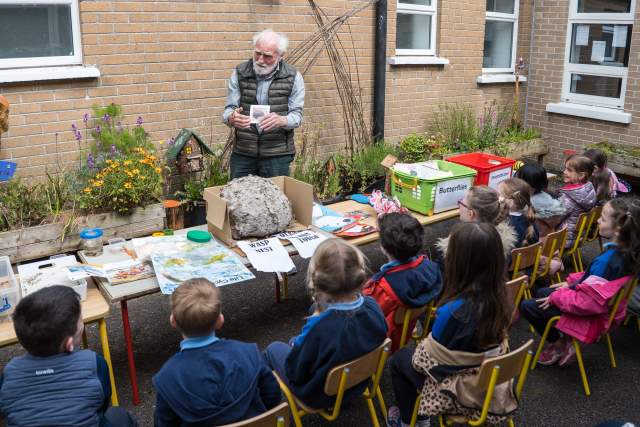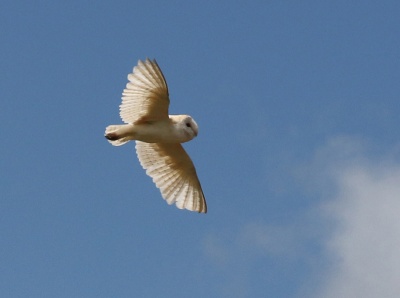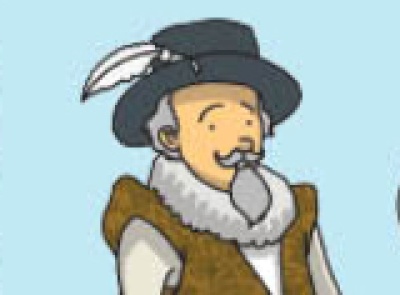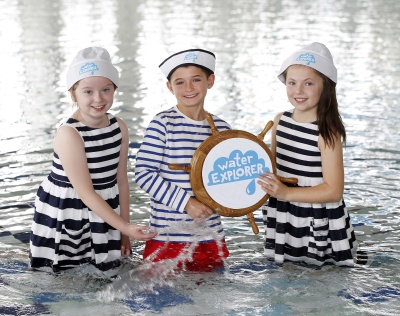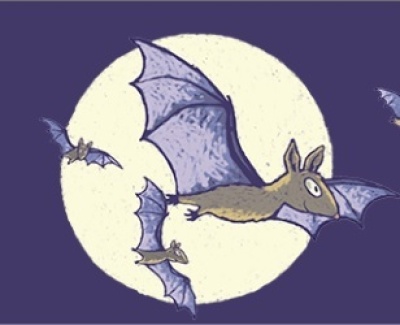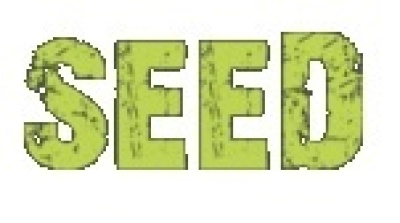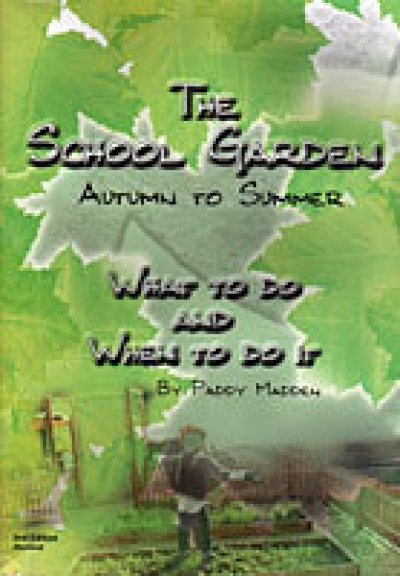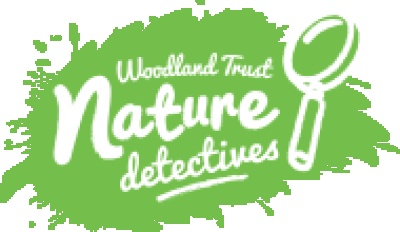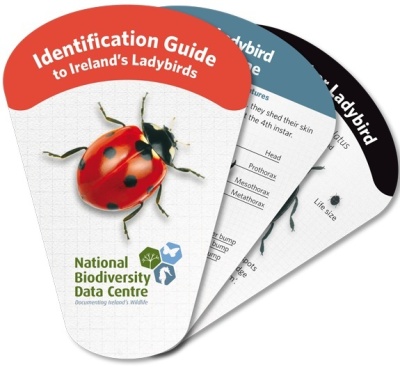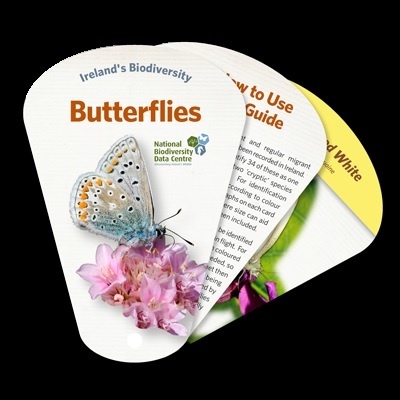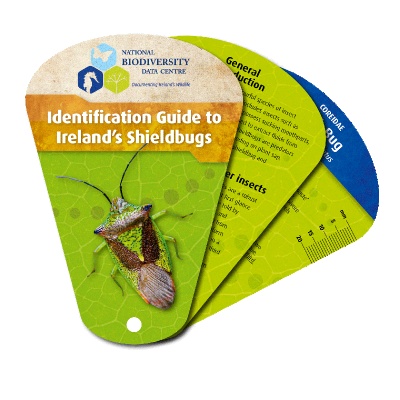Wild things at School by Éanna Ní Lamhna
Counties Laois, Meath and Monaghan came together with Éanna Ní Lamhna to develop this book and series of worksheets for Primary School teachers called Wild Things at School as a joint project under the County Heritage Plan Scheme.
The Heritage Council co-funded the publications however it does not have hard copies of the publication.
